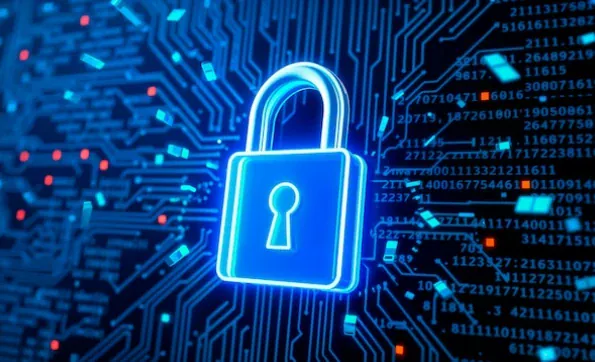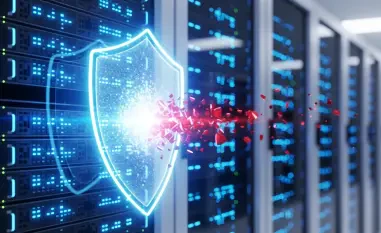With the surge in cyber-attacks targeting critical sectors, questions on the robustness of the European Union’s cybersecurity framework have never been more relevant. The situation forces us to ponder: Is the current state of cybersecurity in the EU truly capable of safeguarding vital infrastructure against these mounting threats?
New Era of Cybersecurity Vigilance
The dependency on digital infrastructure in today’s world is growing exponentially, making robust cybersecurity measures more vital than ever. High-profile cyber incidents have devastating repercussions, impacting national security, economic stability, and public safety. Such events highlight the urgency of adopting stringent cybersecurity practices to deter malicious activities and protect digital assets.
As the intricacies of cyber threats evolve, the necessity for comprehensive and uniform legislation across the EU has become apparent. Enhanced cybersecurity measures are no longer optional—they are an imperative part of protecting a nation’s infrastructure and economy from increasingly sophisticated cyber adversaries.
Core Components of the NIS 2 Directive
The NIS 2 Directive broadens its scope, encompassing sectors like healthcare, digital infrastructure, and energy, which are crucial for societal functions. This expansion ensures that more industries adhere to mandatory risk management practices and incident reporting protocols.
A significant highlight of the directive is the emphasis on inter-sector collaboration. By facilitating cooperation between public and private entities, the directive aims to foster a unified front against cyber threats. This collaboration is vital for sharing intelligence, coordinating responses, and enhancing the overall resilience of all sectors.
Insights from Industry Experts and Research
Experts unanimously agree on the critical importance of the NIS 2 Directive. A cybersecurity analyst from a leading firm noted, “With the escalation in cyber threats, the directive couldn’t have come at a better time. It addresses vulnerabilities on multiple fronts, making organizational defenses stronger.”
Recent research further supports this directive’s importance. Studies reveal that the frequency of cyber-attacks is on a steep rise, with healthcare and energy sectors being prime targets. The NIS 2 Directive is tailored to mitigate these risks by imposing stricter security standards and fostering a culture of preparedness.
Practical Implementation for Enhanced Security
For organizations falling under the directive’s expanded scope, specific strategies and frameworks need to be adopted. Implementing robust risk management practices involves assessing vulnerabilities, upgrading digital defenses, and training personnel on cybersecurity protocols. Regular monitoring and updating of security measures ensure they adapt to new threats.
Another practical step is ensuring timely incident reporting. Establishing a streamlined process for reporting and addressing security breaches can limit potential damage. Organizations can also benefit from active collaboration, sharing knowledge, and resources to enhance collective cybersecurity readiness.
Conclusion
The NIS 2 Directive aimed to standardize and elevate the EU’s cybersecurity posture. By bringing more sectors under its umbrella, it ensured that comprehensive security measures became the norm rather than an exception. Emphasizing risk management, incident reporting, and inter-sector collaboration, the directive succeeded in fostering a resilient cybersecurity framework.
Actionable next steps include continuous vigilance, regular security updates, and fostering a collaborative environment. Reflecting on the journey of this directive highlights the significance of dynamic and proactive cybersecurity measures in safeguarding digital infrastructure against ever-evolving threats.













